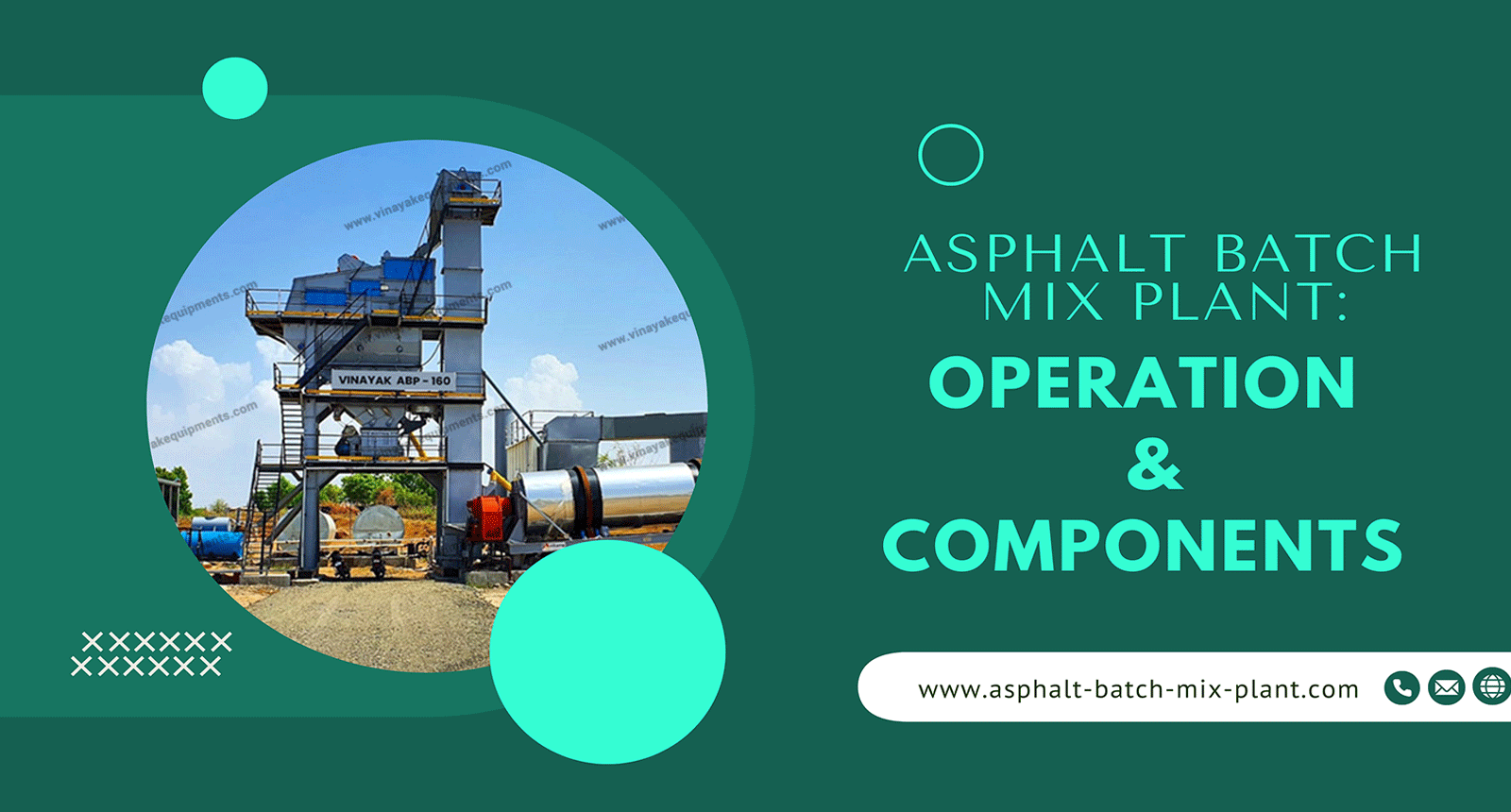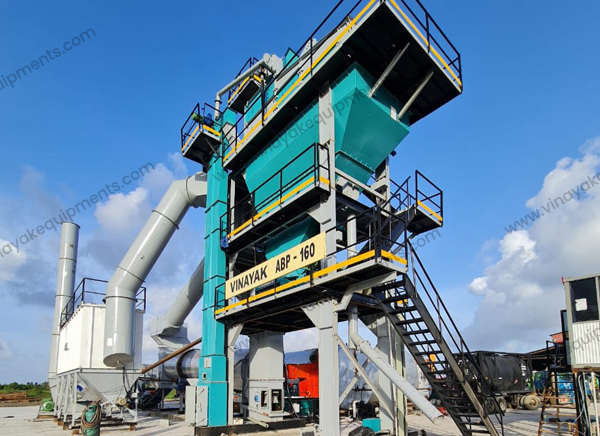 Email Us: sales@vinayakequipments.com
Email Us: sales@vinayakequipments.com  Call Us: +91 9879430770
Call Us: +91 9879430770
Imagine trying to bake a perfect cake—every ingredient must be added in the right quantity, mixed thoroughly, and cooked at just the right temperature. That’s exactly what an Asphalt Batch Mix Plant does—but instead of cake, it produces the hot mix asphalt used to build our roads and highways.
This article is your one-stop guide to understanding how these plants operate and what components make them work efficiently. Whether you're curious about how roads are built or you’re planning to invest in construction equipment, we’ve broken everything down in simple terms.
An Asphalt is the most popular choice for paving roads because of its durability, flexibility, and recyclability. It withstands extreme weather, is cost-effective, and allows for quick repairs. Think of it as the strong, flexible rubber sole of a shoe that keeps you walking comfortably for miles.
Picture a well-organized factory assembly line. Each raw material—like gravel, sand, and bitumen—has a specific role, and the plant ensures these are measured, heated, and mixed accurately. The result? A hot mix asphalt ready to pave smooth, long-lasting roads.

To fully understand how it all works, let’s break down the key components of the asphalt batch mix plant:
Each plays a unique role in the production of high-quality asphalt.
These are like ingredient dispensers in a kitchen. Multiple bins store different sizes of aggregates (stones, sand, etc.). The material is then carefully released onto a conveyor belt for the next step.
This system transports aggregates from the cold feeder bins to the drying drum. Conveyors ensure a continuous flow of material, maintaining productivity and reducing downtime.
The drying drum removes moisture from the aggregates. Think of it like a giant oven that ensures your ingredients are dry before you start mixing—critical for strong, long-lasting asphalt.

Vinayak Construction Equipments stands out as a leading Dust can be a major issue during asphalt production. Modern plants use bag filters or wet scrubbers to trap dust particles, ensuring both environmental safety and regulatory compliance. After drying, aggregates go through a vibrating screen that separates them into different sizes. This allows for a precise blend in the final mix, ensuring the road’s strength and smoothness.
With rising environmental concerns, new-generation asphalt plants offer:
These plants are widely used in:
Essentially, any project that needs a smooth, durable surface benefits from asphalt batch mixing.
Understanding how an Asphalt Batch Mix Plant operates isn’t just for engineers or contractors—it’s for anyone who’s ever driven on a road. These machines are like the chefs behind the scenes, mixing the right recipe to make our journeys smoother, safer, and more reliable.
Vinayak Construction Equipments, a trusted name in the industry, offers world-class asphalt plants that combine performance, precision, and eco-friendliness. Whether you're building a city road or a national highway, they’ve got the right machine for the job.